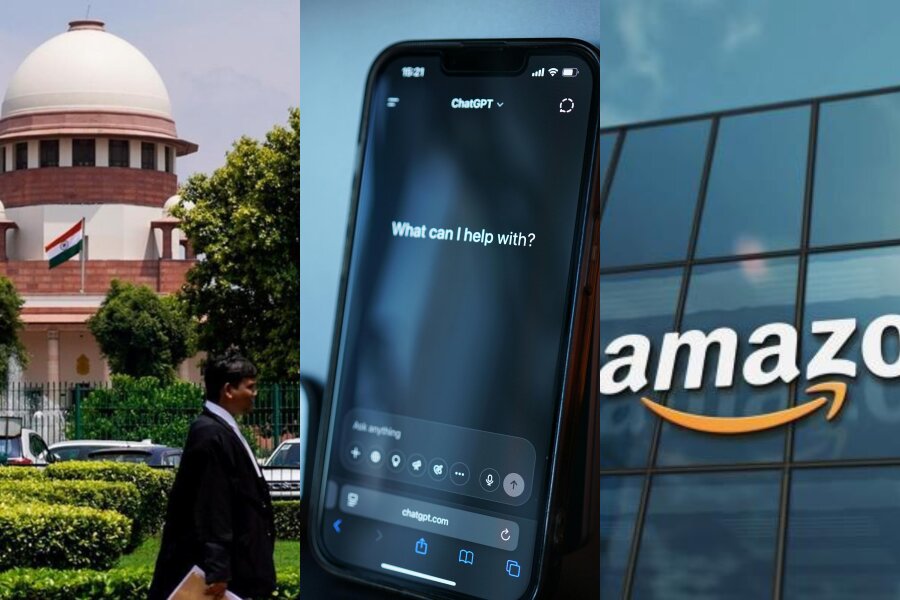Best Art & Cultural Property Law Lawyers in Ciudad Madero
Share your needs with us, get contacted by law firms.
Free. Takes 2 min.
List of the best lawyers in Ciudad Madero, Mexico
We haven't listed any Art & Cultural Property Law lawyers in Ciudad Madero, Mexico yet...
But you can share your requirements with us, and we will help you find the right lawyer for your needs in Ciudad Madero.
Find a Lawyer in Ciudad MaderoAbout Art & Cultural Property Law in Ciudad Madero, Mexico
Art & Cultural Property Law in Ciudad Madero, Mexico, is a niche legal field that encompasses various statutory and regulatory frameworks designed to protect the rich cultural heritage and artistic creations of the region. The law addresses the ownership, preservation, and restitution of cultural property, ensuring that artifacts, artworks, and cultural landmarks are safeguarded for future generations. This field of law has gained increasing importance due to the diverse historical and cultural significance of Ciudad Madero and its artifacts.
Why You May Need a Lawyer
Individuals and organizations may require legal assistance in Art & Cultural Property Law for several reasons. Common situations include purchasing and selling artworks, resolving ownership disputes, addressing issues of cultural repatriation, and navigating the legal intricacies of museum loans and exhibitions. Artists seeking to protect their intellectual property, collectors acquiring new pieces, or institutions involved in the care and management of cultural assets often find legal guidance essential. Additionally, lawyers can aid in compliance with local and international legal standards regarding antiquities and cultural property.
Local Laws Overview
In Ciudad Madero, the legal framework surrounding Art & Cultural Property is influenced by both federal laws and regional regulations. Key aspects include:
- Protection of Cultural Heritage: Laws that safeguard historic and culturally significant sites from unauthorized alterations or damage.
- Export/Import Restrictions: Regulations on the movement of cultural artifacts across borders to prevent illicit trade.
- Intellectual Property Rights: Protections for creators and owners of artworks against unauthorized reproductions and distribution.
- Repatriation and Restitution: Procedures for the return of artifacts to rightful owners or their countries of origin.
- Authenticity and Provenance: Standards ensuring the legitimacy and source verification of artworks.
Frequently Asked Questions
What is considered cultural property?
Cultural property includes objects with historical, spiritual, artistic, or cultural significance, such as artifacts, artworks, manuscripts, monuments, and natural sites.
Do I need a legal permit to export a piece of art?
Yes, exporting cultural property often requires permits and compliance with specific regulations to ensure legality and prevent cultural heritage theft.
How can I prove ownership of an artwork?
Proving ownership typically requires documentation such as purchase receipts, provenance records, and certificates of authenticity.
What are my rights if my artwork is copied without permission?
If your artwork is copied without consent, you may have grounds for legal action based on intellectual property rights infringement laws.
How do local laws affect international art exhibitions?
Local laws may impose certain restrictions on the import, export, and display of artworks, requiring compliance with both domestic and international legal standards.
What steps can I take to repatriate cultural artifacts?
Repatriation involves legal procedures that often require demonstrating ownership or cultural significance to the artifact’s country of origin.
Can historical sites be altered for new constructions?
Altering historical sites is heavily regulated, with strict laws ensuring their preservation and protection from unauthorized changes.
What is the process for loaning artwork to a museum?
The process typically involves legal agreements specifying terms, conditions, and responsibilities for the care and handling of the artwork during its loan period.
Who oversees the enforcement of cultural property laws in Mexico?
The enforcement involves several governmental bodies, primarily the National Institute of Anthropology and History (INAH) and regional authorities.
What legal recourse do I have if an artwork I purchased is proven to be a forgery?
You may initiate legal actions for fraud or breach of contract, potentially receiving compensation or restitution from the seller.
Additional Resources
For additional assistance or information, consider reaching out to the following resources:
- National Institute of Anthropology and History (INAH): Oversees cultural heritage preservation efforts in Mexico.
- Local Bar Associations: Can help connect you with specialized lawyers in Art & Cultural Property Law.
- Universities: Often conduct research and provide resources on cultural property laws and practices.
Next Steps
If you require legal assistance in Art & Cultural Property Law, it is advisable to consult with a specialized attorney familiar with both local and international laws. Begin by gathering all relevant documentation related to your case, such as ownership records, permits, and correspondence. Reach out to local bar associations for attorney referrals and set up consultations to discuss your legal needs. Taking prompt action can help protect your rights and interests in the field of Art & Cultural Property Law.
Lawzana helps you find the best lawyers and law firms in Ciudad Madero through a curated and pre-screened list of qualified legal professionals. Our platform offers rankings and detailed profiles of attorneys and law firms, allowing you to compare based on practice areas, including Art & Cultural Property Law, experience, and client feedback.
Each profile includes a description of the firm's areas of practice, client reviews, team members and partners, year of establishment, spoken languages, office locations, contact information, social media presence, and any published articles or resources. Most firms on our platform speak English and are experienced in both local and international legal matters.
Get a quote from top-rated law firms in Ciudad Madero, Mexico — quickly, securely, and without unnecessary hassle.
Disclaimer:
The information provided on this page is for general informational purposes only and does not constitute legal advice. While we strive to ensure the accuracy and relevance of the content, legal information may change over time, and interpretations of the law can vary. You should always consult with a qualified legal professional for advice specific to your situation.
We disclaim all liability for actions taken or not taken based on the content of this page. If you believe any information is incorrect or outdated, please contact us, and we will review and update it where appropriate.







